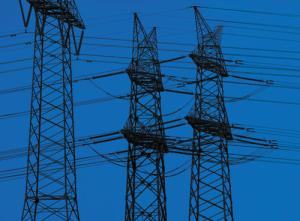Seams, holes, and historic precedent challenge the Midwest ISO's evolution.
Michael T. Burr is a Fortnightly contributing editor as well as a freelance writer, ghostwriter, and consultant based in Minnesota.
In a single sentence, Bill Smith of the Organization of MISO States (OMS) summarizes prevailing concerns about the new-and-improved Midwest ISO: "When it starts, it has to work."

Smith, who serves as executive director of a group representing state regulators in MISO's sprawling footprint, is referring to MISO's provisional start-up of a new market-based electric transmission grid operation. But as the days count down to the March 1, 2005, launch, many people are thinking about a different date — namely, Aug. 14, 2003, on which a series of events (beginning with a mysterious encroaching tree somewhere in Ohio) led to blackouts from the Midwest to Maine. Before utilities managed to fully restore the grid some 72 hours later, the blackout had cost the American economy as much as $10 billion in lost productivity.
"The Aug. 14 outage was a turning event for MISO," says James P. Torgerson, MISO's president and CEO. "It changed the way we look at reliability."

